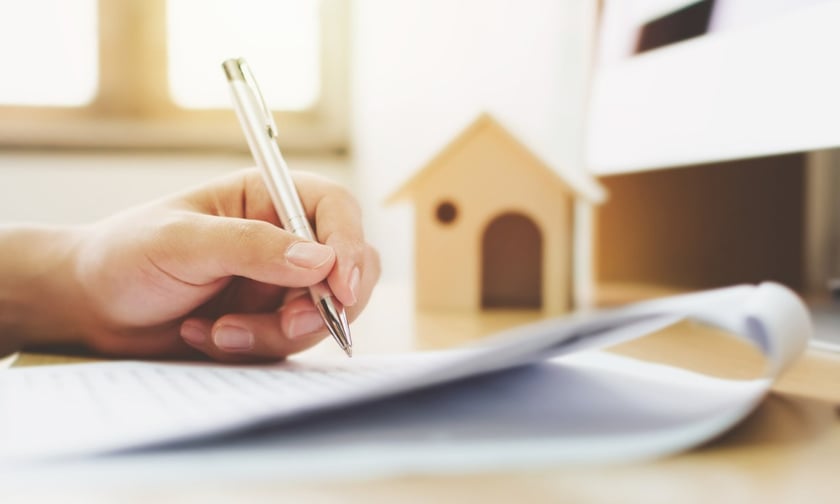

Approximately one-third of Australian home and contents insurance policyholders may be at risk of underinsurance, according to a recent survey conducted by Compare the Market.
The study found that 32.8% of policyholders had guessed the value of their insured items, rather than determining their actual worth, a practice that could lead to significant financial shortfalls in the event of a claim.
Data from the Australian Securities and Investments Commission (ASIC) previously suggested that as many as 80% of Australian homeowners could be underinsured, putting them at financial risk if a major event occurs, such as a natural disaster or burglary.
The Compare the Market study revealed how respondents determined their sum insured values:
Adrian Taylor, executive general manager for general insurance at Compare the Market, expressed concerns about policyholders relying on guesses.
“People may think that they have a good feel on what the value of their homes or contents might be, but the fact is, people either will under- or overvalue what they have,” he said.
He highlighted the dangers of underestimating insured values – something insurance companies and brokers could share with their clients.
“Whether that’s theft, fire, flood, or something in between, if you only insured your contents for $25,000, while the damage was estimated around $50,000 by an evaluator, the insurer will not pay that extra $25,000, and that will be on you to foot the bill,” he said.
Additionally, Taylor noted that rising construction costs, largely driven by inflation and the impacts of the pandemic, mean that many people may not have updated their policies to reflect current rebuilding costs.
“If people haven’t updated the sum insured on their policy to recognise these rising costs, then they might be left out in the cold if it comes time to claim,” he said.
On the other hand, overinsurance can result in paying higher premiums than necessary.
“While underinsuring your home or your contents means that you won’t be able to get everything back the way they were prior to a claim, overinsurance will hurt your hip pocket,” Taylor said.
He advised homeowners to review their insurance policies annually and use tools like online calculators to more accurately assess the value of their property and contents.
The survey, which included 1,006 Australian adults, was conducted in June 2024.
Along with the issue of underinsurance, the Actuaries Institute recently reported that a growing number of Australian households are struggling with rising insurance premiums.
According to the Institute’s “Home Insurance Affordability and Home Loans at Risk Report,” 1.6 million households are now experiencing insurance affordability stress, up by 30% from the previous year. This increase is primarily attributed to a 9% rise in median home insurance premiums, with Australian households now spending an average of 9.6 weeks of gross income on insurance.
The report defined households under affordability stress as those whose premiums exceed one month’s gross annual income. The number of such households rose from 12% in 2023 to 15% in 2024.
Many are experiencing mortgage stress in Australia. In this article, we’ll go over what it is, what the signs are, and how to address it.
The Insurance Council of Australia (ICA) also recently reported that climate-related disasters have had a substantial financial impact on the industry.
The insurance watchdog found that insured losses from extreme weather events have more than doubled in the past five years, rising from an average of $2.1 billion annually over the last three decades to $4.5 billion per year since 2019.
In the 2023-24 financial year, insurers handled $2.19 billion in claims from extreme weather, with the most significant event being the Christmas storms in Queensland, New South Wales, and Victoria, which resulted in $1.33 billion in claims.
